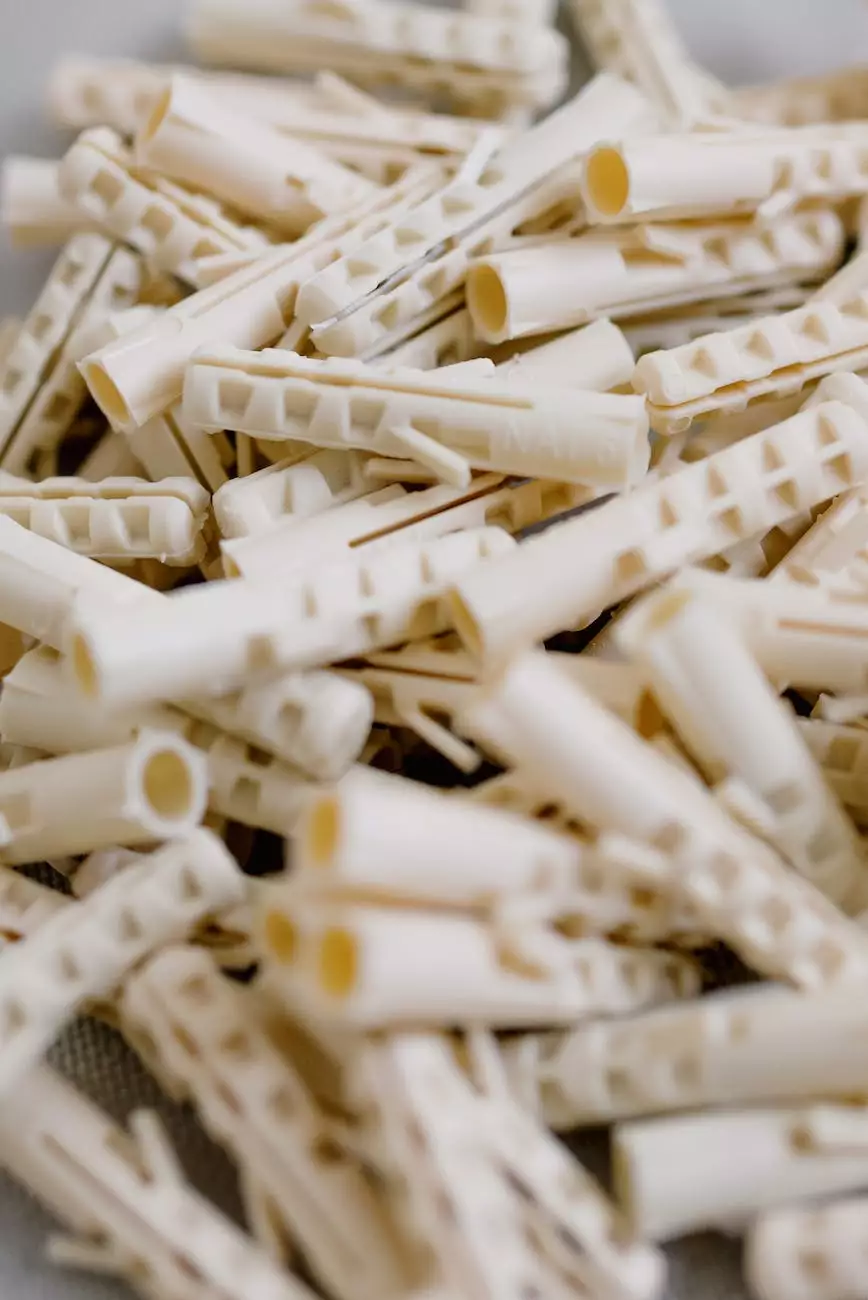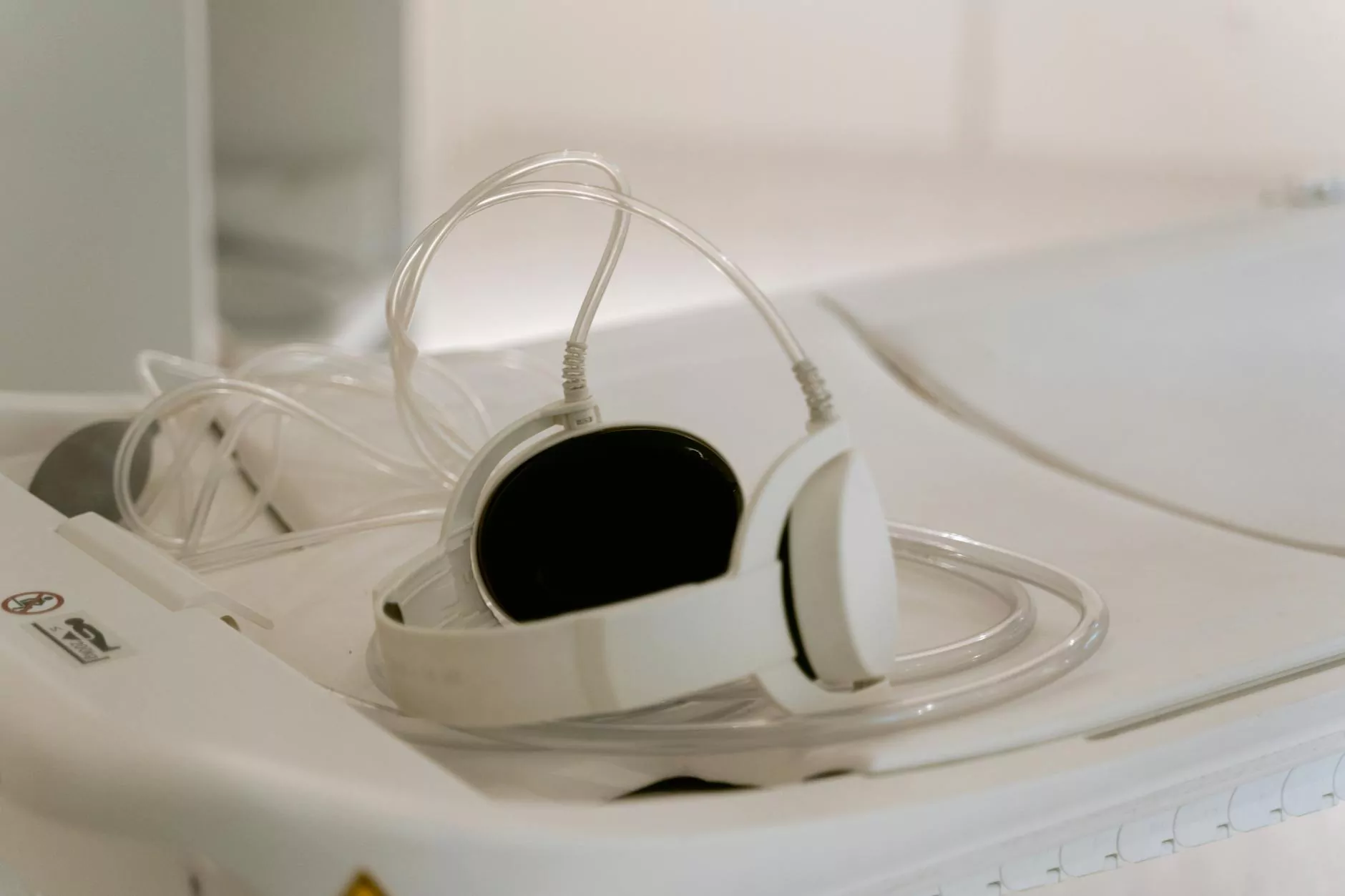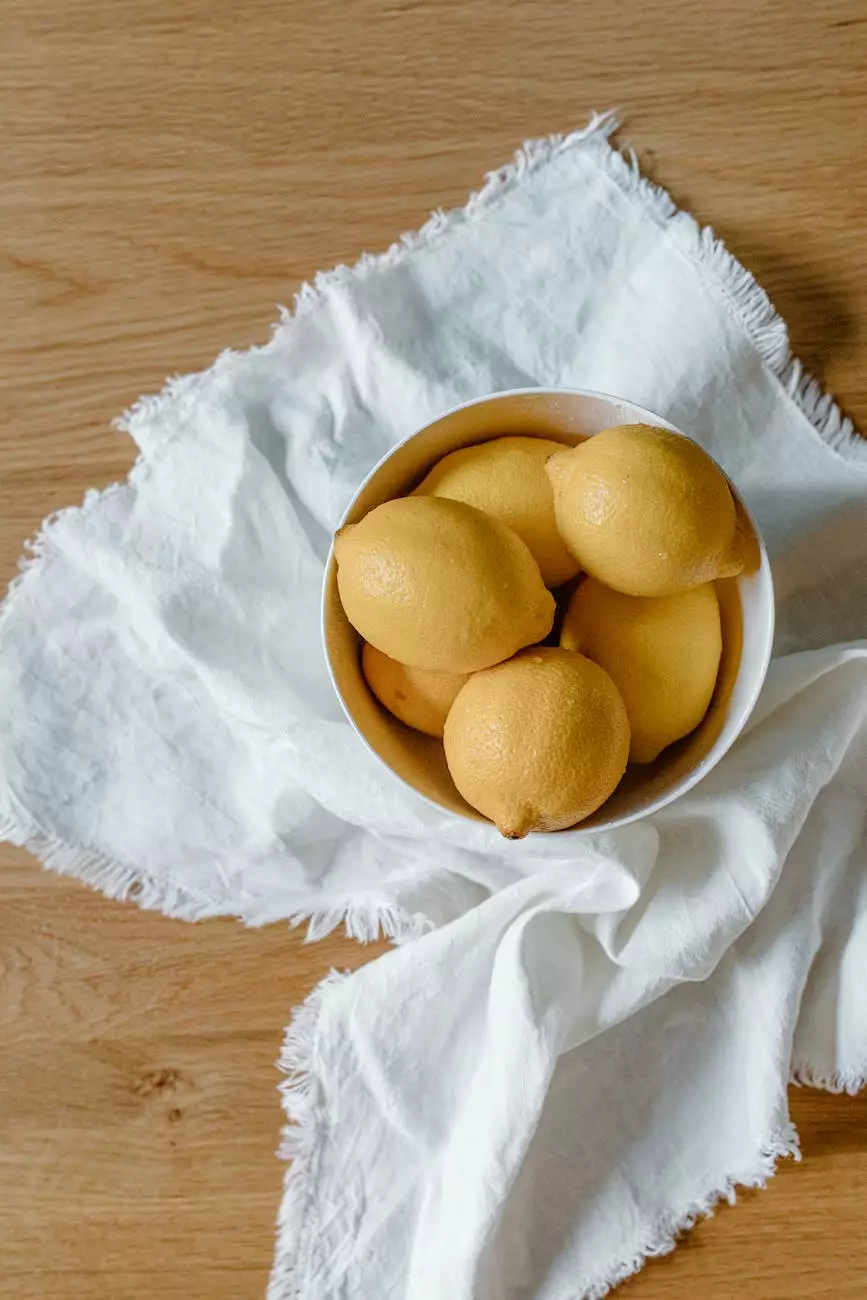Guide To Post Processing 3D Printed Parts
Blog
Introduction
Plastic Molding Pros is your ultimate resource for all things related to post processing 3D printed parts. As a leading player in the eCommerce & Shopping - Manufacture category, we are dedicated to providing you with comprehensive information on post processing techniques and tips to enhance the quality of your 3D printed parts.
The Importance of Post Processing
Post processing plays a crucial role in ensuring the final quality and functionality of your 3D printed parts. While 3D printing technology has advanced significantly over the years, post processing remains essential to address common issues such as surface roughness, dimensional accuracy, and overall aesthetics.
Common Post Processing Techniques
1. Sanding: Sanding is a fundamental technique used to smoothen the surface of 3D printed parts. It helps to eliminate layer lines, burrs, and imperfections, resulting in a more polished and professional finish.
2. Priming and Painting: Priming and painting add a layer of protection and enhance the visual appeal of your 3D printed parts. By selecting the right primers and paints, you can achieve various finishes, including glossy, matte, or metallic.
3. Chemical Smoothing: Chemical smoothing involves the use of specific solutions to dissolve the outer layer of the 3D printed part, resulting in a smoother surface. This technique is particularly useful for parts printed using ABS or PLA materials.
4. Heat Treatment: Heat treatment helps to minimize internal stresses within the 3D printed part, reducing the risk of warping or distortion. It can be achieved through techniques such as annealing or stress relieving, depending on the material used.
5. Surface Coating: Surface coating provides additional protection to your 3D printed parts, making them more resistant to wear, UV radiation, or chemical exposure. Common surface coating methods include electroplating, vacuum metallization, or protective sprays.
Expert Tips for Successful Post Processing
1. Prepare and Clean the Printed Parts
Prior to post processing, it is crucial to adequately clean the 3D printed parts. Remove any support structures, excess material, or debris using appropriate tools. Ensure that the parts are free from dust or contaminants to achieve the best outcomes.
2. Follow Proper Safety Measures
When engaging in post processing activities such as sanding, painting, or chemical smoothing, it is essential to prioritize safety. Wear appropriate personal protective equipment (PPE) such as gloves, goggles, or masks to protect yourself from potential hazards.
3. Test Different Techniques
Not all post processing techniques may be suitable for every 3D printed part. Test different methods on sample parts to determine the most effective approach for achieving the desired results. Experimenting with various techniques also allows you to optimize your workflow.
4. Consider Post Processing During Design
Integrating post processing considerations during the initial design phase can enhance the overall outcomes. Design parts with features that minimize the need for extensive post processing, such as avoiding complex geometries or incorporating self-supporting structures.
5. Document and Iterate
Keep a detailed record of the post processing techniques used for each 3D printed part. This documentation enables you to identify successful approaches and iterate upon them for future projects, saving time and ensuring consistent quality.
Conclusion
As experts in the field, Plastic Molding Pros understands the significance of post processing when it comes to achieving exceptional quality 3D printed parts. By following the techniques and tips provided in this guide, you can elevate your post processing skills and deliver outstanding results. Remember to prioritize safety and experiment with different methods to find the optimal approach. Trust Plastic Molding Pros to be your go-to resource for all things related to post processing 3D printed parts.
Whether you are a hobbyist, a professional, or a business owner, post processing can make a significant difference in the final outcome of your 3D printed parts. Take your projects to the next level with Plastic Molding Pros' expertise and unlock the full potential of your 3D prints.
For more information, feel free to visit our website Plastic Molding Pros.










